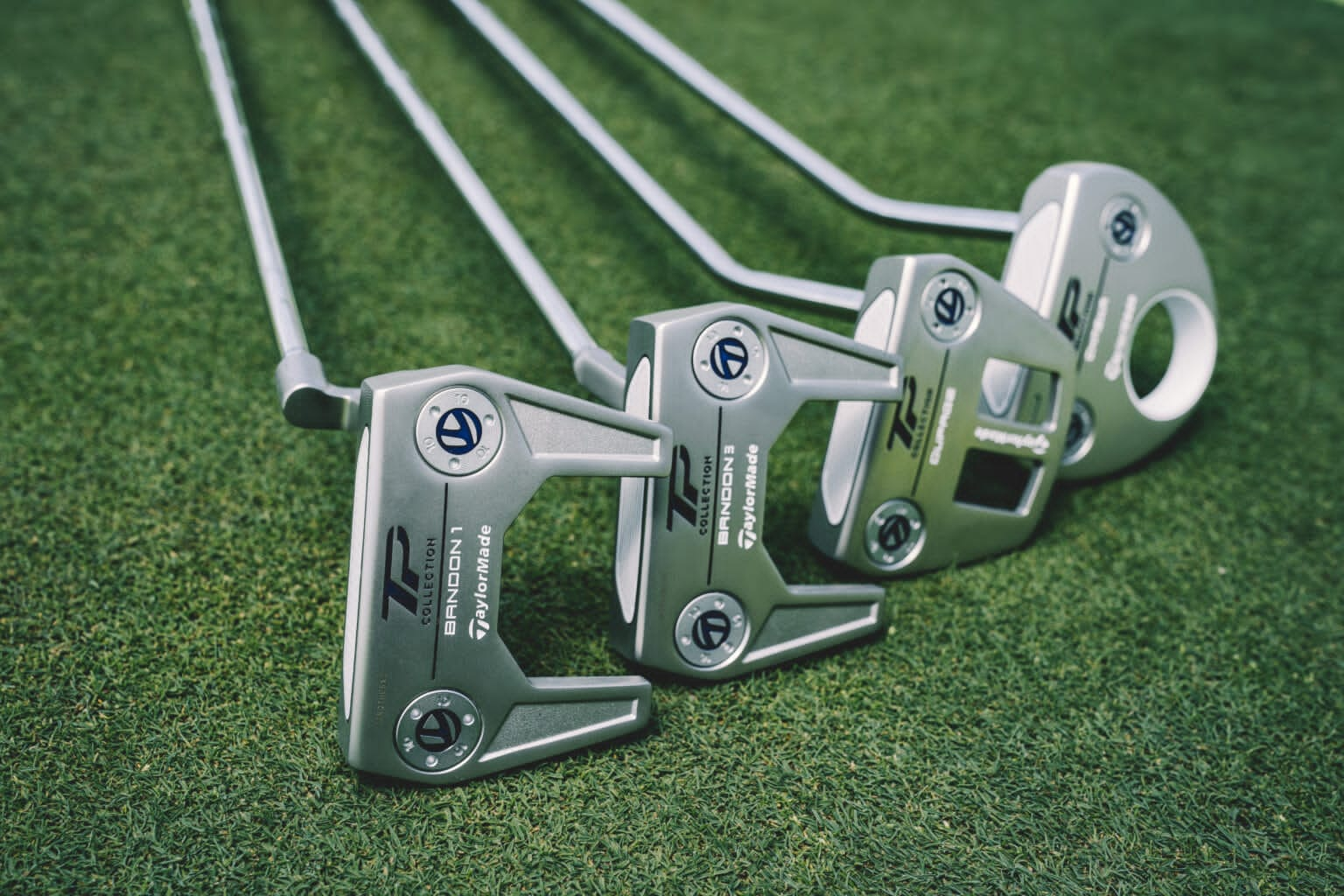
Golf has changed dramatically over the centuries, but few areas have experienced as much technological advancement as the putter. From simple wooden clubs to the precision-made tools of today, putter technology has developed in both shape and design, changing the way golfers tackle the most sensitive shots on the green.
Early Days: The Wooden Era
During golf’s earliest recorded years in Scotland during the 15th century, golfers made use of homemade wooden clubs, such as putters referred to as “putting cleeks.” These were normally produced with hardwoods like ash or beech, utilizing hickory shafts. The craftsmanship was crude and exceedingly inconsistent, with each club handcrafted, producing vast differences in performance. Player skill relied a lot more due to the absence of technological assistances.
The Metal Revolution
The late 19th and early 20th centuries also brought a new era with the arrival of metal-headed putters. The change represented a turning point in putter design, which featured improved durability, accuracy, and consistency. Specifically, the steel shaft replaced hickory as early as the 1920s, providing improved stability and less flex. Blade-style putters were in vogue during this period, with golfers often using their straight and uncomplicated shapes for better alignment.
Mallet Putters and Perimeter Weighting
During the 1960s and 1970s, mallet putters became popular due to the pursuit of greater forgiveness and balance. Unlike the thin blade putters, mallet styles utilized wider heads, enabling manufacturers to shift weight to the perimeter. The perimeter weighting increased moment of inertia (MOI), which made putts more forgiving and stable on mis-hits. Developments in this era also introduced alignment aids, which enabled players to see the line better to the hole.
Ping and the Rise of Custom Engineering
One of the most significant moments in putter history was perhaps when Karsten Solheim unveiled the Ping Anser in 1966. The heel-toe weighted putter changed putter engineering and served as a template for most modern putters. Anser blended forgiveness with a sleek, efficient design that provided improved control and feel. Production began to focus more on performance-centric custom engineering than on mere club production.
Materials and Face Technology
As golf approached the 21st century, manufacturers started looking at exotic materials such as aluminum, titanium, and carbon fiber composites. These enabled weight distribution to be optimized and feel to be customized. Face insert technology also emerged, with Odyssey introducing urethane or elastomer inserts that enhanced feedback and roll of the ball. Groove technology and milled faces also further optimized how the ball departed the putter, improving consistency and distance control.
Adjustability and Smart Putters
Today’s putters are a universe apart from their wood-based forbears. Reconfigurable weighting systems enable the golfer to hone in on the feel and weight of the club to suit his or her comfort. Exchangable shafts and grip configurations offer additional tailoring. Smart technology has recently come into the field, too, with putters that incorporate internal sensors and communication with smartphones. These instruments offer feedback on stroke path, tempo, face angle, and so on, so that golfers can fine-tune their swings with precision science.
The development of putter technology is part of the larger movement of golf innovation — a fusion of tradition, engineering, and science. From wooden sticks handmade to intelligent devices driven by AI and analytics, putters are now as much a product of research and design as they are of craftsmanship. As the game continues to integrate technology, the putter will continue to be an essential tool, finding balance between human touch and technological progress.